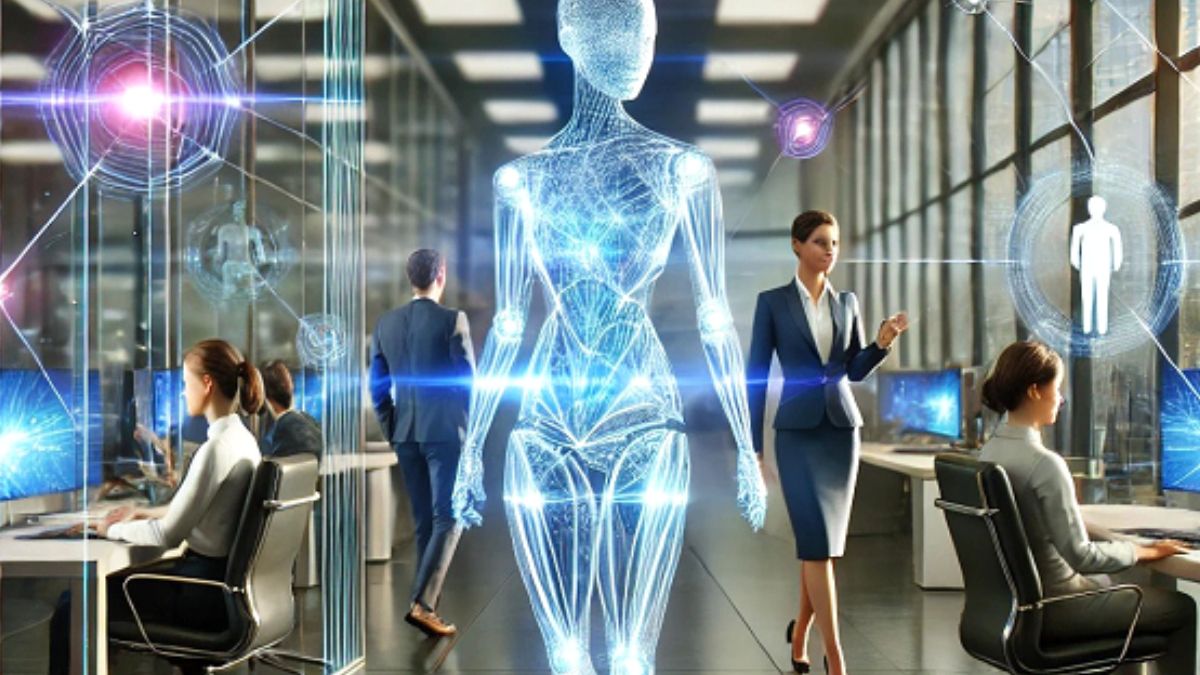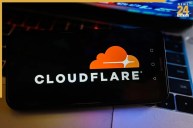By Vinay Pasricha
Organizations are increasingly seeking innovative ways to leverage Artificial Intelligence (AI) within their Human Resources (HR) processes. Deep Talent Cognition offers a next-generation solution that employs a multi-modal conversational agent—engaging knowledge workers through WhatsApp, phone calls, video chats, or email—to build a real-time, 360-degree view of each individual’s skills, aspirations, and well-being. This AI-driven approach not only analyzes traditional documents (e.g., résumés and performance reports) but also collects continuous feedback from supervisors, peers, and direct reports. By housing all insights in a high-dimensional vector database, HR leaders can rapidly discover and mobilize internal talent for emerging roles or projects, boosting engagement and productivity across the organization.
1. Multi-Channel Employee Engagement
Knowledge workers interact with the AI agent in their preferred medium—be it texting on WhatsApp, telephone calls, video conferences, or email threads.
This flexibility enhances participation rates, yielding more authentic insights into each person’s motivations and concerns.
Ongoing Dialogue
Instead of relying on a single questionnaire or annual review, the AI agent establishes multiple touchpoints to track shifts in goals, challenges, and personal circumstances over time.
Frequent check-ins capture dynamic changes, offering a near real-time lens into how employees evolve within their roles.
360-Degree Information Gathering
In addition to self-reported data, supervisors, colleagues, and direct reports can also share perspectives on strengths, development areas, and interpersonal dynamics.
HR teams can enrich these profiles with résumés, performance evaluations, and other historical data to build a detailed timeline of each individual’s journey.
2. Vector Database and Advanced Analysis
All inputs—from transcripts and sentiment cues to peer feedback—are converted into high-dimensional vectors via transformer-based embeddings or similar machine learning models. These vectors are then stored in a specialized vector database optimized for semantic searches and clustering. This technical approach enables.
Centralized Data Repository
A unified view of each worker’s competencies, emotional health indicators, and growth trajectory eliminates data fragmentation.
Semantic Matching And Real-Time Clustering
Advanced vector search techniques make it possible to instantly match individuals to open projects, roles, or mentorship opportunities based on skill synergy, personality traits, or leadership potential.
Patterns related to stress or disengagement can be flagged early, allowing for timely interventions.
3. Benefits for Knowledge Workers and the Organization
Personalized Career Support
Enhanced Satisfaction and Growth: By aligning personal aspirations with relevant opportunities, organizations often observe a significant rise in employee satisfaction and professional development.
Precision Skill Development: Targeted learning pathways—derived from a person’s evolving interests and performance data—can accelerate upskilling and close competence gaps more effectively than one-size-fits-all training.
Internal Talent Discovery & Project Alignment
Mobilizing Hidden Expertise: AI-enabled semantic matching uncovers internal talent that may otherwise go unnoticed, ensuring the right people are allocated to the right projects.
Adaptive Resource Deployment: As organizational needs change, vector-based searches make it straightforward to reassign knowledge workers to new roles, saving costs and cutting the time needed to fill open positions externally.
Team Assembly And Collaboration
High-Performing Teams: Well-matched teams can experience notable improvements in collective problem-solving and creative output, thanks to seamless collaboration between individuals with complementary skill sets.
Reduced Conflict: By mapping personalities and work preferences, HR can form teams that are more cohesive, thereby minimizing friction and accelerating project deliverables.
Succession Planning And Mobility
Future-Ready Leadership Pipeline: Real-time tracking of evolving competencies and ambitions makes it easier to spot high-potential employees who are well-suited for leadership roles.
Transparent Progression Paths: Clear visibility into internal career tracks boosts motivation, fostering a sense of fairness and purpose among employees.
Well-Being And Retention
Early Warning System: Ongoing monitoring of stress markers and sentiment shifts can highlight burnout risks, prompting swift, targeted support.
Culture of Empathy: Regular two-way communication and proactive HR engagement create a workplace environment where employees feel heard, valued, and supported.
Final Remarks
Deep Talent Cognition ushers in a more dynamic, data-driven approach to workforce management. By leveraging AI to facilitate ongoing, multi-channel conversations—and by employing advanced vector databases for semantic analysis—HR leaders gain unparalleled visibility into the needs, potential, and well-being of their knowledge workers. Beyond simply filling roles, this system helps connect people to relevant internal opportunities, cultivating engagement and loyalty across the organization. As AI increasingly reshapes HR, Deep Talent Cognition stands out as a high-impact strategy for organizations keen to unlock the full power of internal talent.













